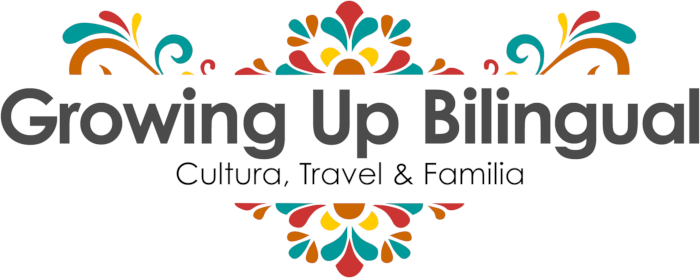As a bilingual Latina mom raising bicultural kids in the U.S., keeping Spanish alive at home is one of my biggest parenting goals—and challenges. If you’re like me, you know how important it is for our kids to grow up connected to their roots, able to speak to their abuelitos, and proud of their heritage. But between school, work, and all the distractions of everyday life, it’s not always easy to make Spanish fun or consistent at home.
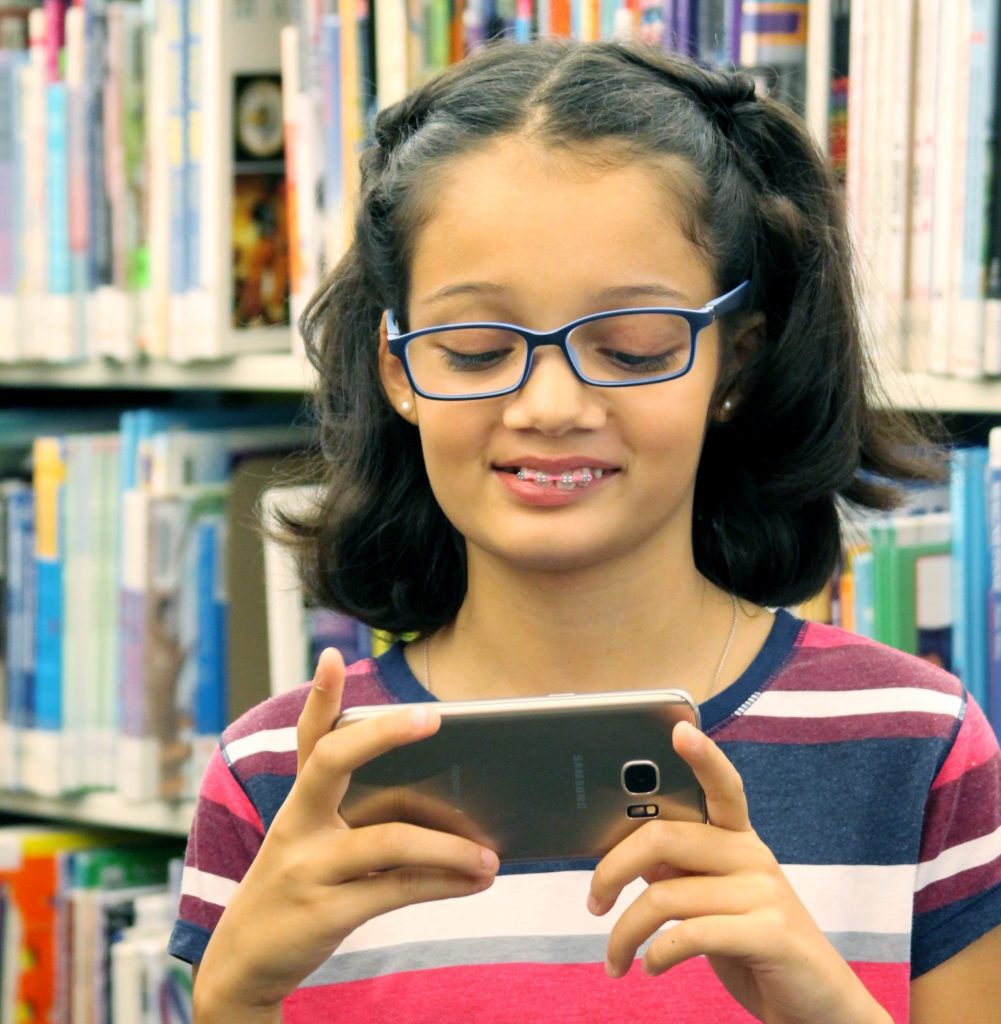
That’s why I’m so excited to share some of the best apps for learning Spanish for kids. These tools aren’t just educational—they’re engaging, interactive, and designed specifically for young learners. Whether your child is just starting out or already understands conversational Spanish but needs more vocabulary and confidence, these apps can be a huge support.
Why Spanish Matters for Our Kids
Spanish isn’t just a language—it’s a bridge to our culture, our family stories, and our identity. For many Hispanic families living in the U.S., it’s also a way to keep our traditions alive across generations. And while our kids might naturally gravitate toward English (especially once they start school), we can still create opportunities at home to strengthen their Spanish in a way that feels natural and fun.
Why use Spanish apps?
- Kids already love screen time, so why not use it for something educational?
- The right apps turn learning into play, making vocabulary, pronunciation, and grammar feel like a game instead of homework.
- They give us, as parents, a little extra support—especially if we’re not 100% confident in our own Spanish or if we’re juggling work and parenting.
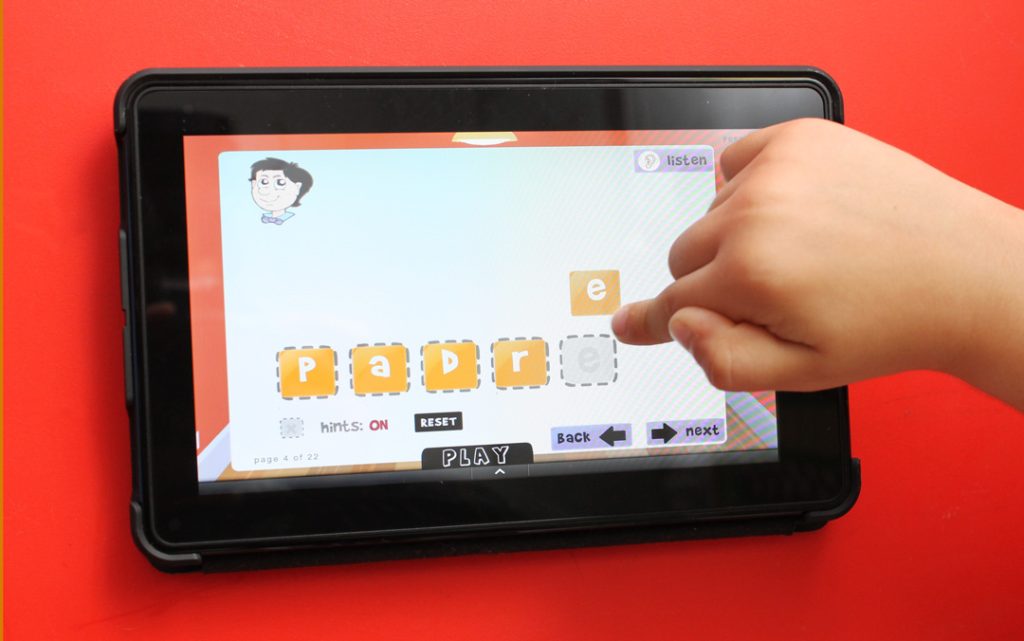
The Best Apps for Learning Spanish for Kids
Now let’s dive into the best Spanish learning apps for kids that are fun, effective, and designed to support bilingual families like ours.
Gus on the Go
Ages: 3–7
Cost: $3.99 per language
Download it: on the App store / on Google Play
This was the very first app I downloaded when my kids were little—and they loved it. Gus on the Go teaches Spanish through cute, animated stories and interactive vocabulary games. Your child will follow Gus the owl on an adventure through different themed lessons (like animals, food, and transportation), unlocking new levels as they go.
Why I love it:
It’s perfect for toddlers and early elementary kids. The visuals are bright, the pace is gentle, and the vocabulary builds in a meaningful way. Plus, it’s one of the few apps that starts with basic words and adds cultural context.
Endless Spanish
Ages: 3–8
Cost: Free with in-app purchases
Download it: on the App store / on Google Play
From the makers of Endless Alphabet, this app brings Spanish words to life using adorable monster characters and sentence-building animations. It introduces vocabulary through interactive puzzles that help kids understand meaning and usage—not just memorize translations.
Why I love it:
It offers both Spanish immersion and Spanish with English translation modes, which is perfect if your child is new to the language. The storytelling aspect and silly monsters kept both my kids giggling while learning without even realizing it.
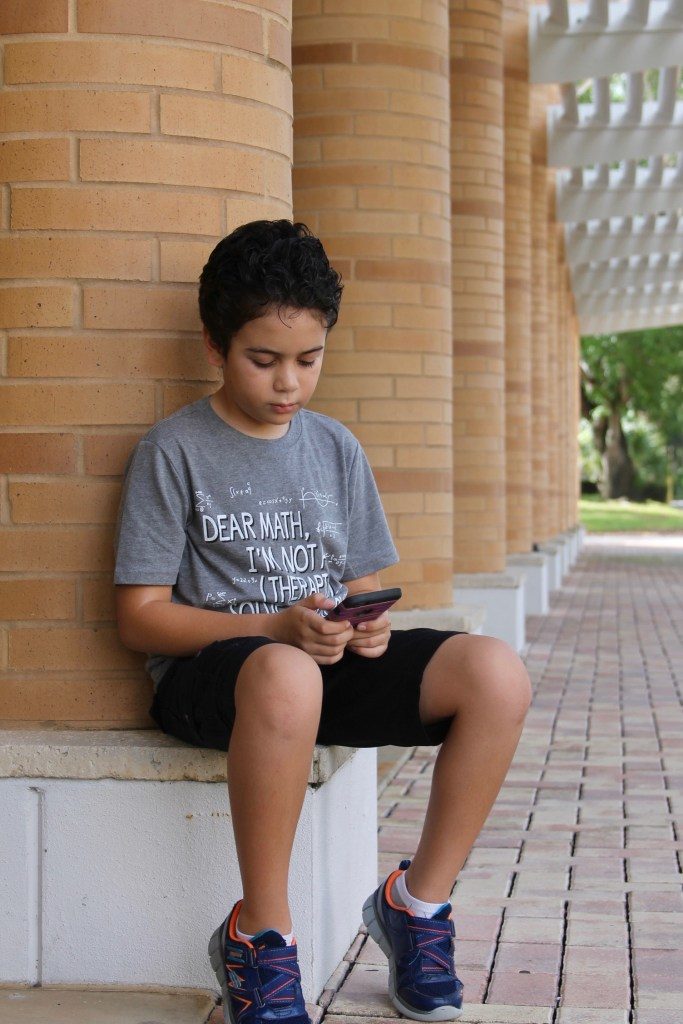
Duolingo ABC (now with Spanish!)
Ages: 3–7
Cost: Free
Download it: on the App store / on Google Play
Most of us know Duolingo for adults, but their ABC app now includes Spanish! While it’s still focused on early literacy, it introduces Spanish words, sounds, and basic reading skills using short, engaging lessons. To change Duolingo ABC to Spanish, open the app and go to the parent settings (usually accessible through a lock icon or gear symbol in the corner). From there, select “Language” and choose Spanish as the learning language. If the option isn’t available yet, make sure the app is updated to the latest version, as Spanish is a newer feature being rolled out gradually.
Why I love it:
It’s 100% free and ad-free, designed by learning experts, and uses phonics-based instruction. It’s great for preschoolers and kindergartners, especially if you’re working on early reading skills in both languages at once.
LingoKids
Ages: 2–8
Cost: Free version available; full access requires subscription
Download it: on the App store / on Google Play
This app has become a staple in our bilingual home. LingoKids is an award-winning platform created in collaboration with Oxford University Press. It teaches not only Spanish vocabulary and grammar but also science, math, and emotional skills—all in Spanish!
Why I love it:
The app adapts to your child’s level and includes games, videos, songs, and even offline activities. If you’re a busy parent who wants a one-stop bilingual learning experience, this is a fantastic option.
Spanish School Bus for Kids
Ages: 4–10
Cost: Free with optional upgrades
Download it: on the App store / on Google Play
With over 300 vocabulary words and fun games, this app combines music, flashcards, and quizzes. It also includes cultural facts and songs by Latin Grammy award-winning artists.
Why I love it:
It teaches Spanish and celebrates Latin culture. Your kids will learn about famous Hispanic figures and holidays while singing along to catchy tunes that reinforce vocabulary. It’s a great pick for families who want more than just language instruction.
FabuLingua
Ages: 4–10
Cost: Subscription (free trial available)
Download it: on the App store / on Google Play
This app uses interactive stories to teach Spanish through a method called “Magical Translations,” where stories are first told in Spanish with key vocabulary translated in context. Over time, your child transitions to full Spanish-only stories.
Why I love it:
The storytelling is beautiful. If you want your child to fall in love with listening to Spanish, this app helps them build comprehension without pressure. It’s also gentle and parent-friendly—you can follow along even if you’re not fluent.
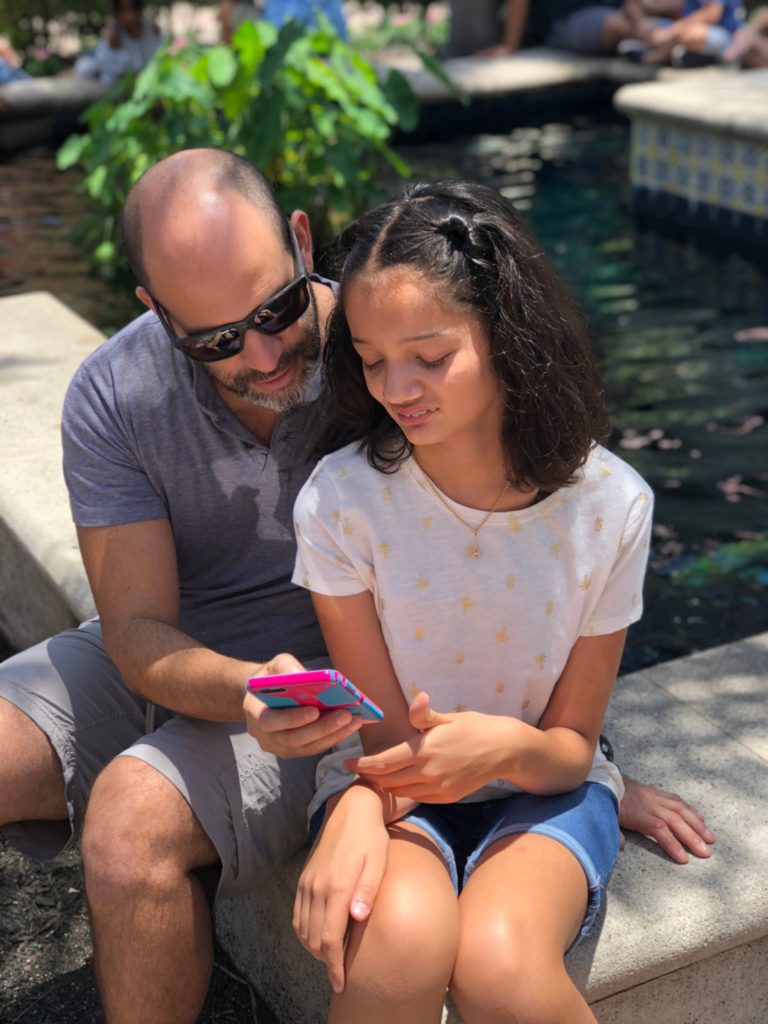
Tips for Using Spanish Apps at Home
Even the best Spanish apps for kids work best when they’re part of a bigger bilingual routine. Here’s how we make them part of our daily life:
1. Make Spanish Visible and Audible
Label things around the house in Spanish. Play Spanish music. Watch cartoons like Pocoyó or Canticos together. The more your child hears and sees the language, the more familiar and natural it becomes.
2. Pair App Time with Conversation
After they finish an activity or game, talk about what they learned. “¿Qué palabra nueva aprendiste?” or “¿Cómo se dice ‘apple’ en español?” Even just repeating vocabulary together reinforces learning.
3. Keep it Positive and Low Pressure
Don’t worry about perfect pronunciation or grammar. Celebrate their effort and engagement. Bilingualism is a journey, not a race.
Why Bilingual Parenting Matters
As a mom raising bicultural kids, I’ve seen how language shapes identity. Spanish connects my children to our Guatemalan roots, to family stories, to flavors and songs and values I hold dear. But it also helps them see the world through more than one lens—to think in two languages, to feel at home in more than one place.
Apps can’t replace real-life conversations, abuelita’s cuentos, or singing canciones in the car—but they can support us. They give our kids a fun, structured way to learn and reinforce what we teach at home. And when life gets busy (as it always does), they remind us we’re not alone on this bilingual parenting journey.
If you’ve been wondering how to help your child learn Spanish at home, I hope these apps give you a great starting point. From early learners to elementary school kids, there’s something here for every stage. And more importantly, there’s support for you—the parent who’s trying to pass on not just a language, but a legacy.
Let’s keep Spanish alive at home, together.
- How to Choose the Best Vacation Rental for Your Family Trip (Expert Tips for Stress-Free Planning) - January 6, 2026
- Cranberry Brie Cake Grazing Board (An Elegant Holiday Cheese Centerpiece) - December 19, 2025
- Easy Cranberry Cocktails You Can Make All Year - December 18, 2025
